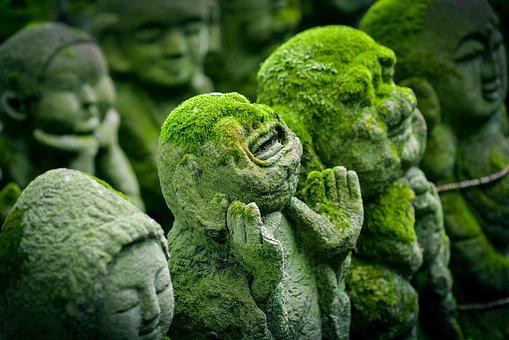On Sunday 28 August thousands of pilgrims will arrive at the sanctuary from all over Italy for the annual popular festival of San Gabriele. The feast, after two years of downsizing due to a pandemic, resumes its usual trend with a rich religious program that includes masses celebrated every hour (from 8 to 12 and from 16 to 19). The most striking aspect of those arriving at the shrine is the massive presence of young people. San Gabriel is above all the saint of the young. Thousands of young people go to him every year for a pause for prayer.
Every year, ai early March, thousands of high school students from Abruzzo and Marche arrive at the sanctuary for a day of spirituality “one hundred days before the final exams”. Every year, at the end of August, thousands of young people from all over Italy camped for five days at the sanctuary for the Tent City-Youth Festival, giving life to a religious meeting made up of meetings, conferences, prayers, testimonies. In particular, the Tent City has established itself on a national level as one of the main youth events. The gathering ends with the Youth Festival which currently sees around 7,000 visitors. D.Sunday 28 August thousands of pilgrims they will arrive at the sanctuary from all over Italy for the annual popular festival of San Gabriele. Each month groups of boys and girls in search of vocations gather at the shrine to reflect on their future. Because ? What does St. Gabriel say to young people today?
Francesco Possenti who, later, would take the name of Gabriele dell’Addolorata, was born in Assisi is an elegant and lively young man, and willingly frequents good society, but he nurtures many uncertainties about the future, and feels attracted and fascinated by religious life . In the environment of the college, Francis meditated on the life of Christ, and on the contrast between Christ and the world, which will be one of the characteristics of his vocation and which began to make him distance himself from the life of the society in which he was inserted. The pain of some events, to which was also added a rather unsteady state of health (he was frequently sick in the respiratory tract), gave him the sign of the inconsistency of human joys, and contributed to the detachment from the existence hitherto conducted, making him lean towards for the choice of religious life. A choice that was uncertain for a long time, also due to the opposition of his father, who would have liked to include him in administrative life.
After an initial request to be admitted to the Society of Jesus, in 1856, on the advice of his confessor, he chose to enter the congregation of the Most Holy Cross and Passion, founded by Saint Paul of the Cross. The Passionists were known throughout the Papal State for the popular missions they held there. To an austere life, lived in very secluded places and made up of silence, prayer and penance, their Rule combined the exercise of charity, which was expressed in preaching to the poorest populations, the so-called missions. To complete his studies in view of his priestly ordination, he was sent to the small convent of the Immaculate Conception in Isola, at the foot of the Gran Sasso. Here Gabriele multiplies ascetic practices and Marian devotions, exercises charity towards the poor in the area, while the esteem he enjoys among the superiors is growing.
In May 1861 he received minor orders in the cathedral of Penne (Pescara). His health, however, is rapidly deteriorating, also due to the privations to which he undergoes and the living conditions of the convent. Gabriel does not reach the priesthood. His health deteriorated rapidly and soon brought him to an end: Gabriel died on February 27, 1862, and his body was interred in the crypt of the church annexed to the convent. The story of the young novice began to spread. The story of the “young saint” and his miracles spread widely, thanks also to the storytellers and shepherds who walked the paths of transhumance in the mountains. Gabriel was declared blessed on May 31, 1908 by Pius X and canonized on May 13, 1920 by Benedict XV. To the Church of the time Gabriel appeared as the adequate model to offer to young people to point them to an ideal of virtue and detachment from the pleasures and vanities of the world. So in 1926 Pius XI declared him “patron of the Italian Catholic youth”. With the change in traditional values and behaviors, Gabriele, more than a generational model, became the great thaumaturge saint of Abruzzo and in 1959 John XXIII made him the patron saint of those lands. To the pilgrims who flock to his sanctuary, erected in 1970, next to the basilica built in 1908, Gabriel appears today as the saint of young people, and of smiles.
Sunday roar / What does St. Gabriel say to young people today?

